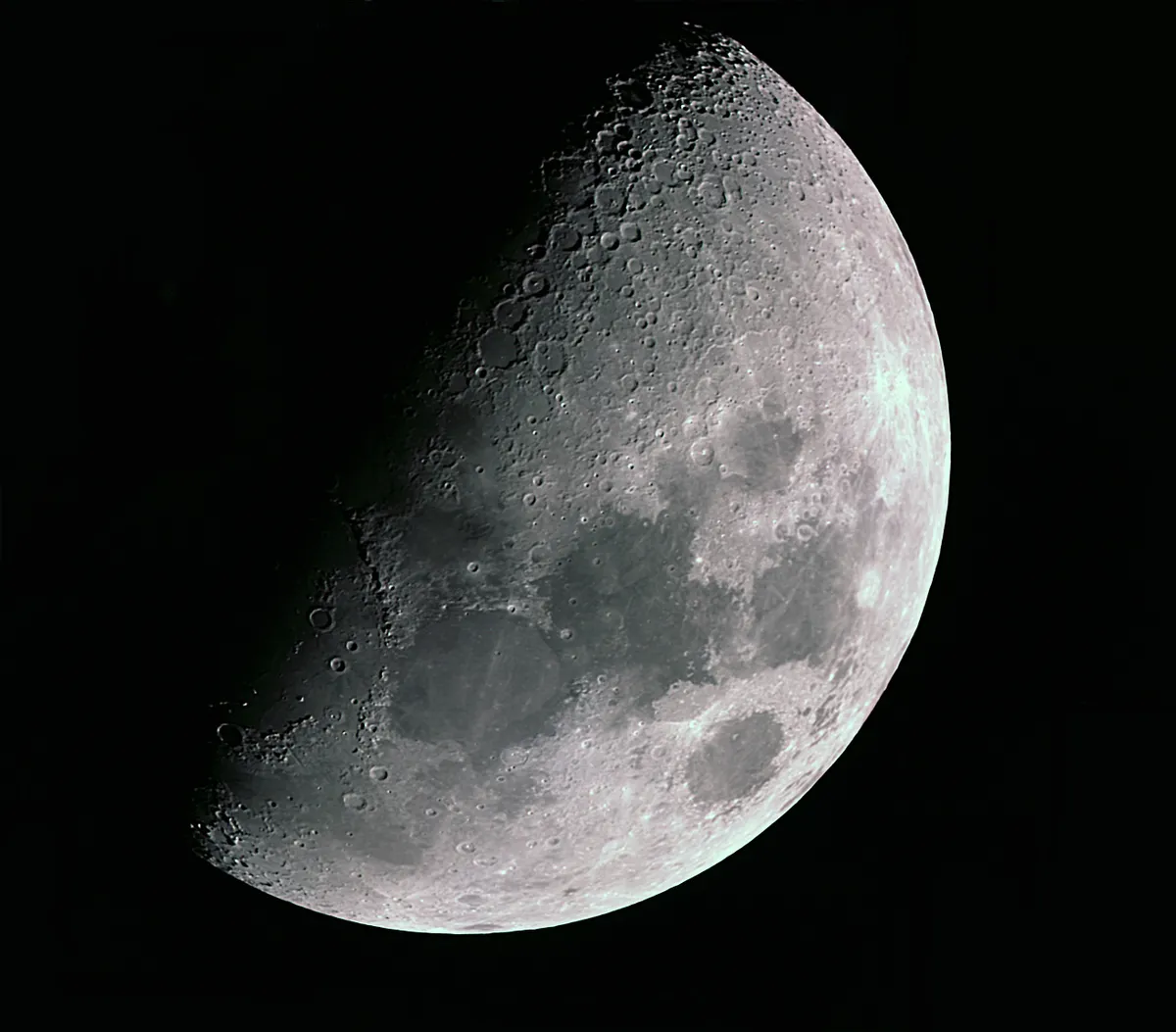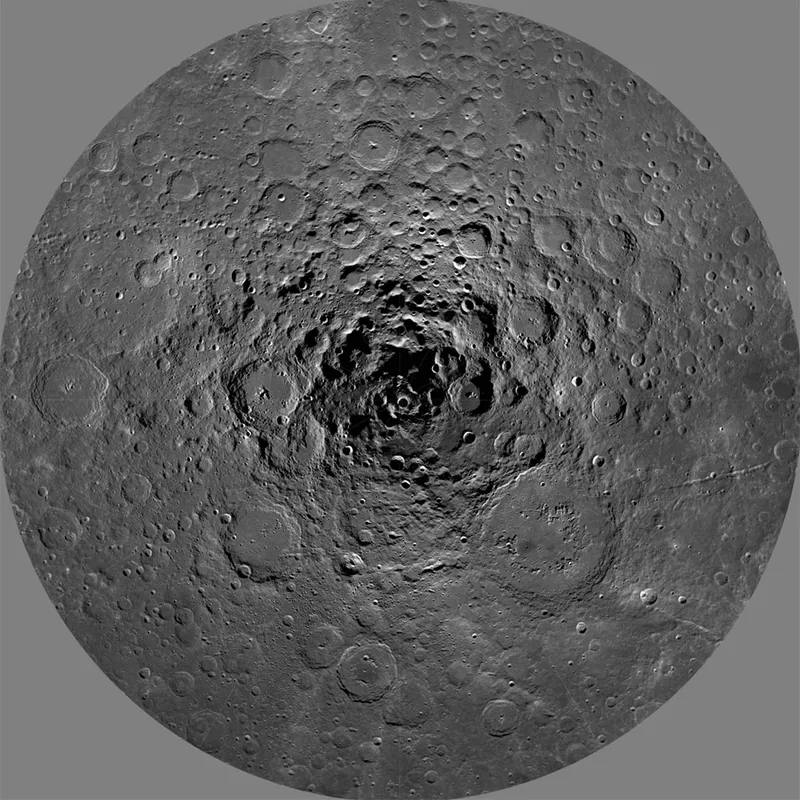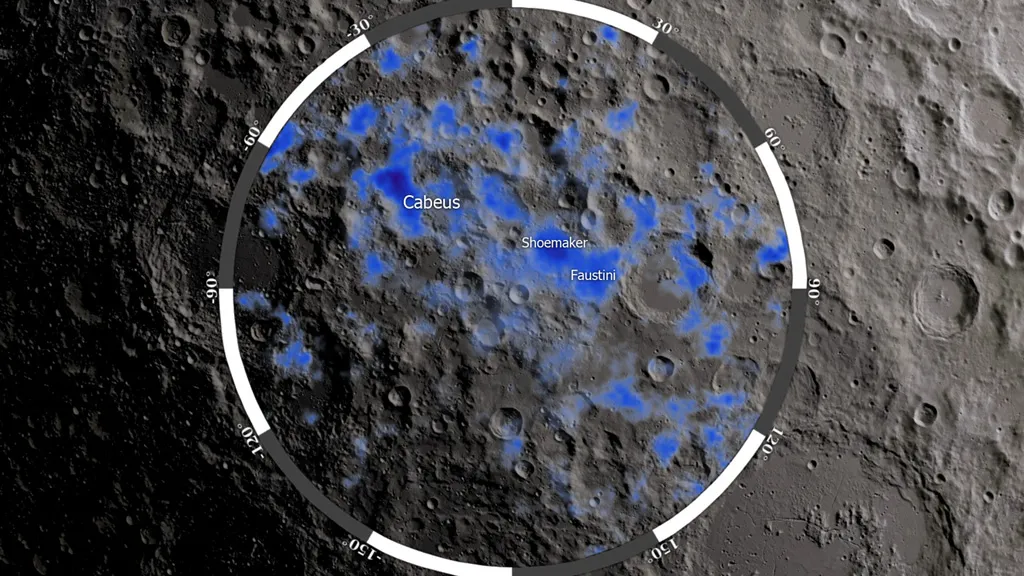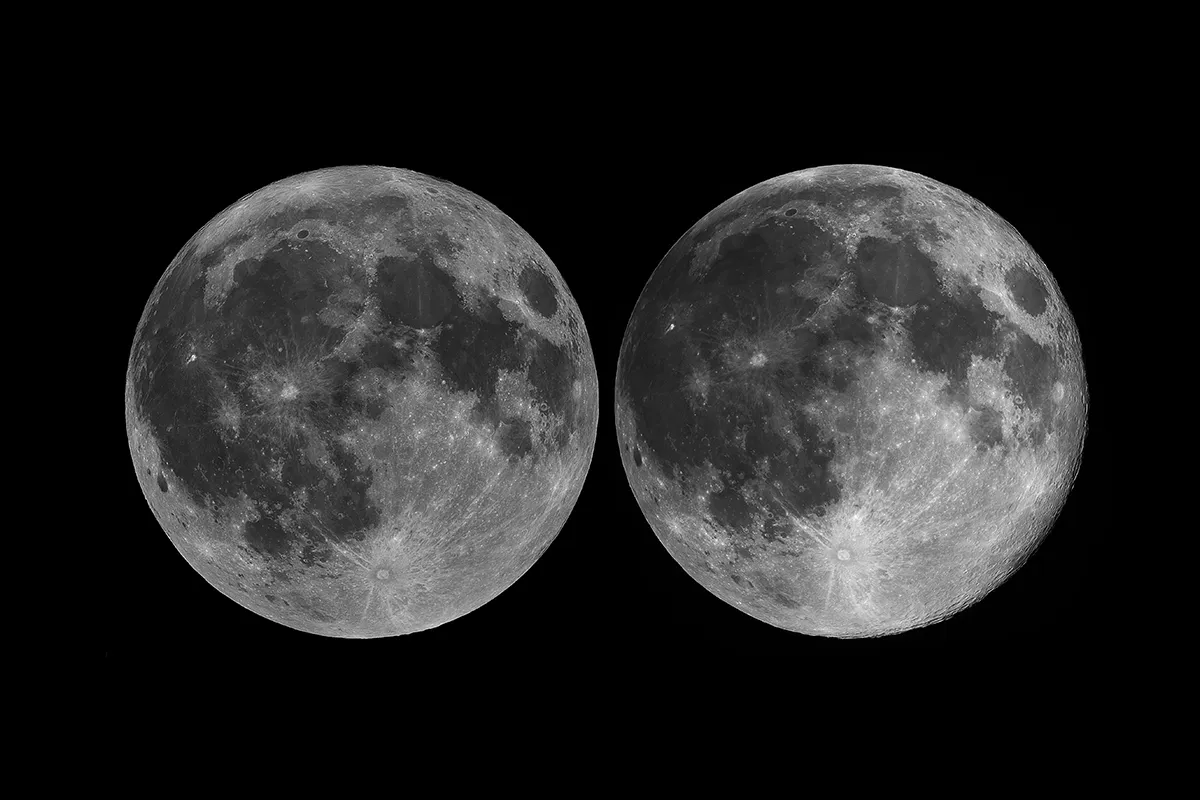The future looks good for lunar exploration, with more uncrewed spacecraft landing on the Moon and NASA's Artemis programme set to return human feet to the surface, but what sort temperature awaits the new generation of Moon explorers?
There is very little atmosphere on the Moon, which means that heat from the Sun cannot be trapped and insulate the surface, causing a huge contrast between daytime and nighttime temperatures.

The temperature of the Moon can vary from highs of 250° Fahrenheit (120° Celsius) at its equator during lunar daytime and plunge to -208 degrees F (-130° C) at night.
The temperature at the lunar poles can drop even further.
At the lunar south pole, the interior of the Shackleton Crater lies in continual shadow and has an average temperature of −298 °F (−183 °C)
At the lunar north pole, the Diviner Lunar Radiometer aboard the Lunar Reconnaissance Orbiter measured a temperature of -424° F (-253°C) within the Hermite Crater, making this the coldest temperature recorded in the Solar System.
It's not much warmer than the generally accepted average temperature of space.

How astronauts withstand the temperature of the Moon
Since 1969, twelve people have walked on the Moon.
The Moon is a hostile environment for humans and surviving temperature extremes were just one of many considerations for the Apollo astronauts.
They wore spacesuits made from layers of nylon and Kapton film, which can withstand temperatures of -269°C (-452°F) to 400°C (752°F).
Teflon-coated glass fibre was used for the outside of the space suits to reflect the Sun’s rays and maintain a comfortable temperature.

Water ice on the Moon?
Given the temperature of the Moon, it would be unsurprising to find that any water would be in the form of ice.
There is evidence that water ice exists on the Moon located in the permanently shadowed craters at the poles.
This water may have been deposited on the Moon’s surface by water-bearing comets and asteroids smashing into the surface or when the Moon was formed.
The presence of water ice on the Moon is of great interest to space agencies and private companies because it could be mined for drinking water, oxygen and propellant for future habitation and Solar System exploration.

Temperature of the far side of the Moon
The far side of the Moon remains a mysterious place, only ever seen by Apollo astronauts who orbited it and by the few spacecraft that have visited there.
From Earth we always see the same side of the Moon: the near side. This is because it is orbiting Earth at the same rate it is rotating on its axis.
This process is known as tidal locking or synchronous rotation.
The far side is quite simply the other hemisphere or side that we do not fully see.
A small percentage, however, is visible due to the Moon’s wobble, also known as lunar libration.
This ‘wobble’ is caused by the eccentricity of the Moon’s orbit, the tilt of its axis and Earth’s rotation.

The far side of the Moon is often incorrectly called the ‘dark side’ of the Moon, when in fact both the near side and far side receive sunlight in almost equal amounts.
So it makes more sense to talk about the temperature of the Moon as a whole, rather than distinguish between the near side and far side.
In 1959, the un-manned Soviet Luna 3 spacecraft took the first photographs of the far side of the Moon and transmitted them to Earth.

The fuzzy images showed a surface pockmarked with craters, mountainous areas and very few lunar maria or seas compared to the near side.
Nine years later in 1968, the Apollo 8 crew was the first manned spacecraft and human spaceflight to reach the Moon.
The crew orbited the Moon ten times and were the first humans to photograph the far side.
